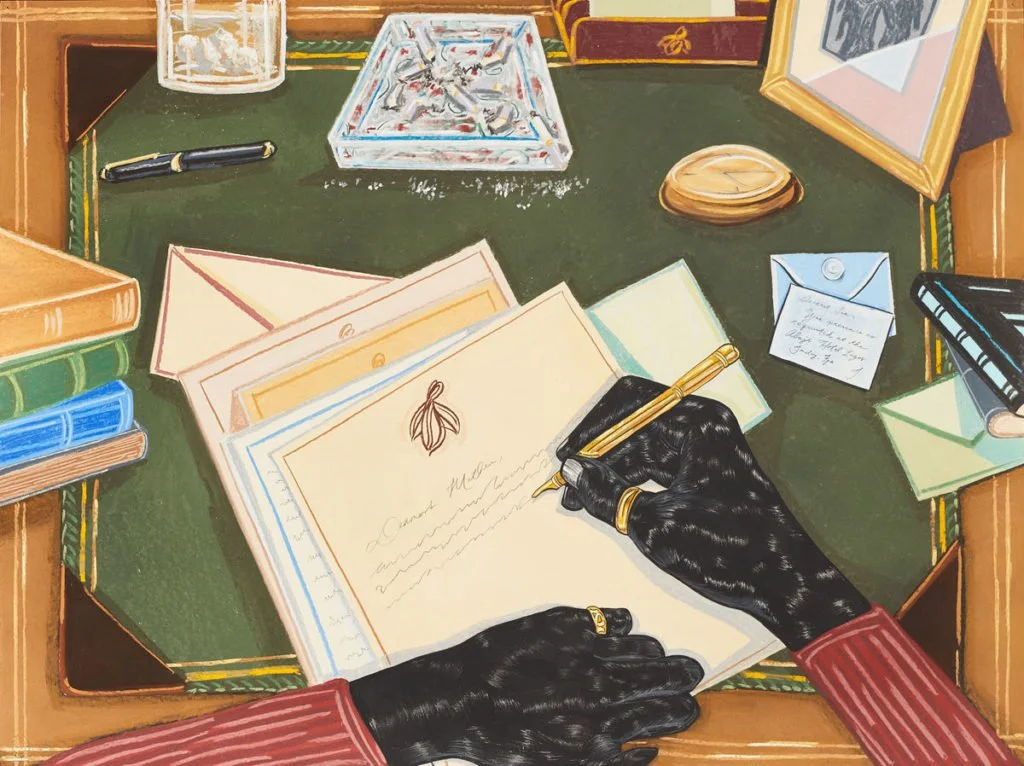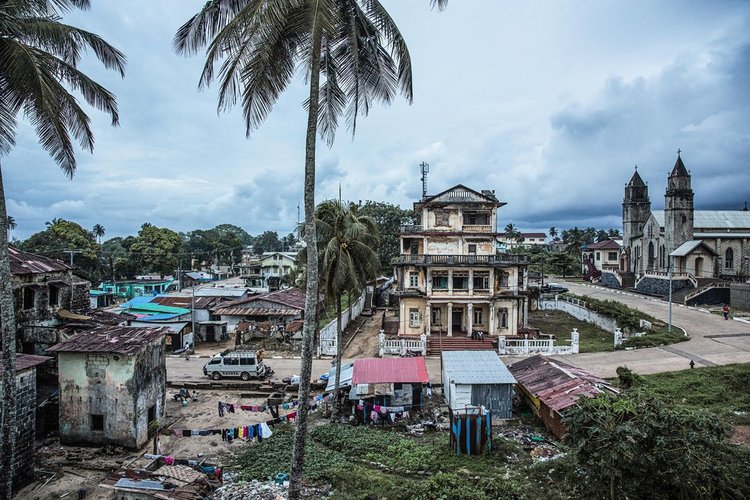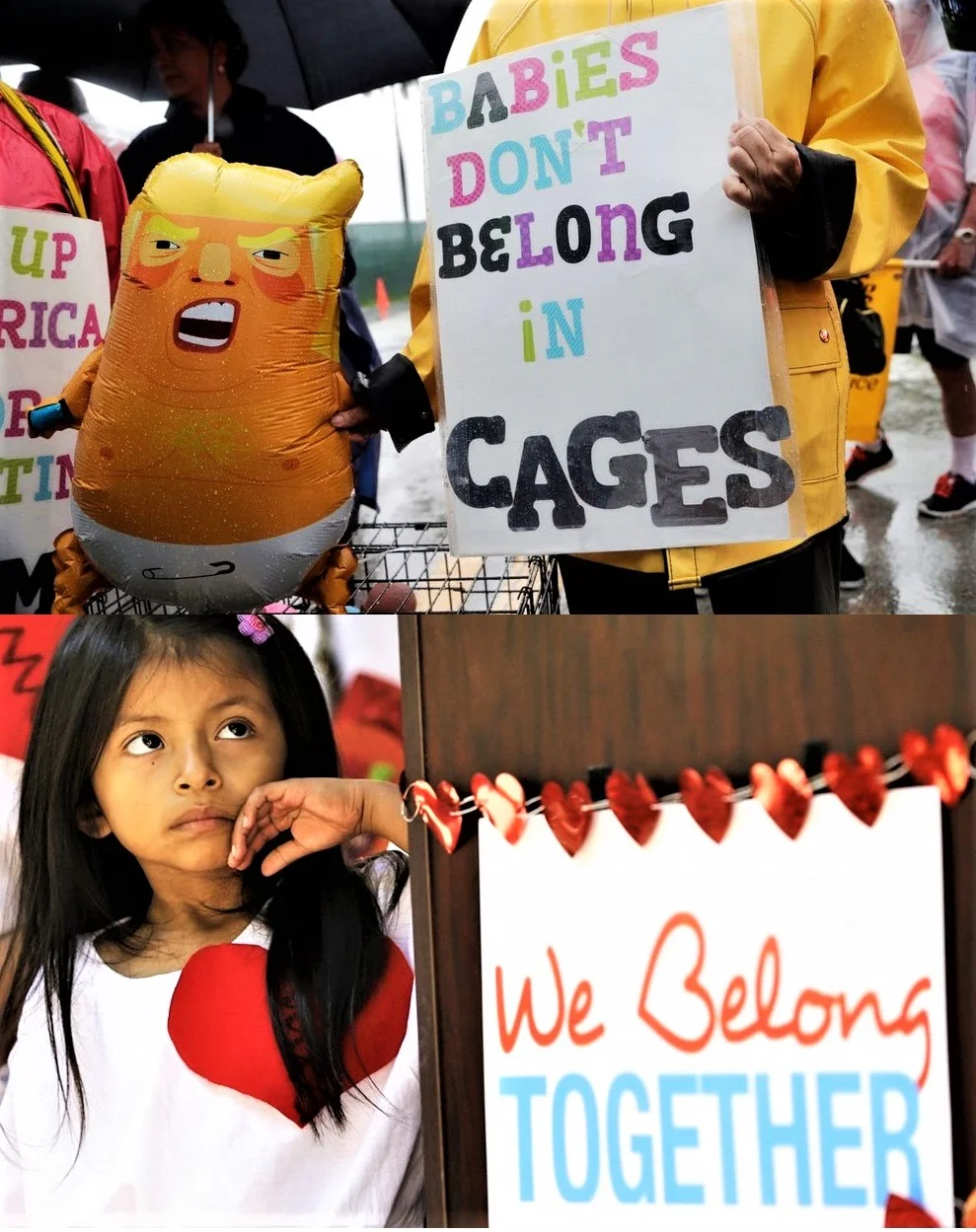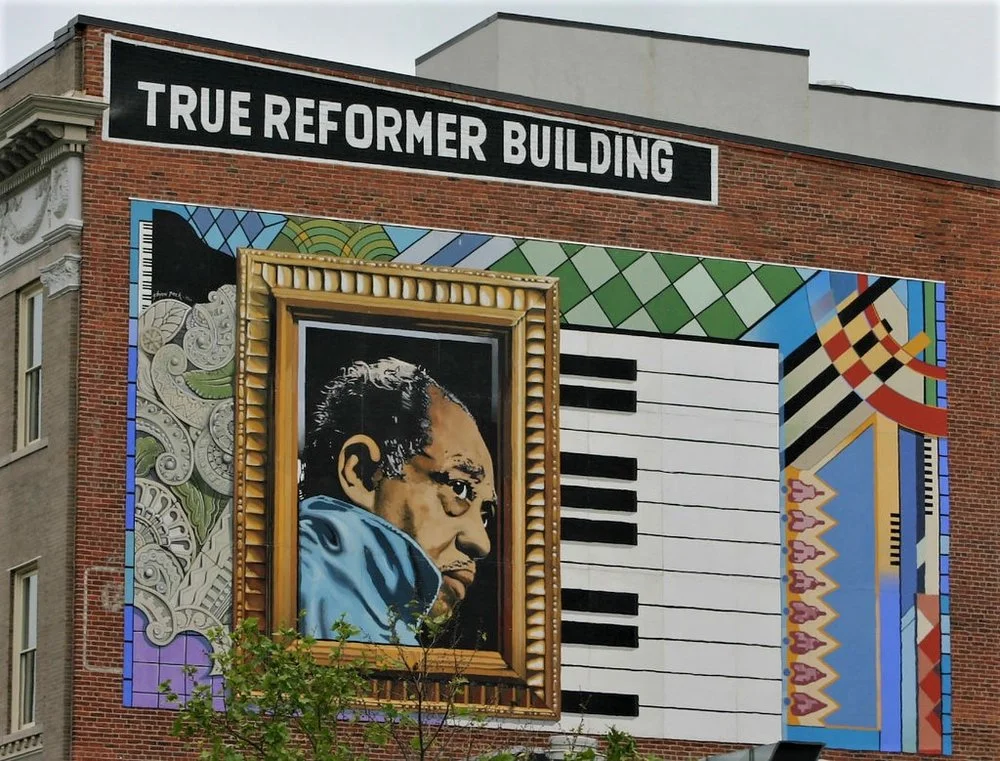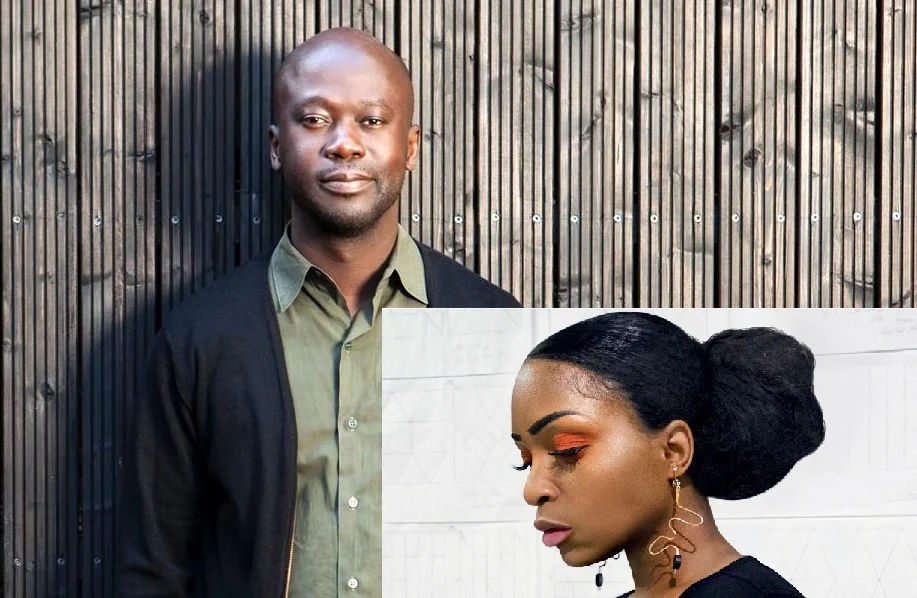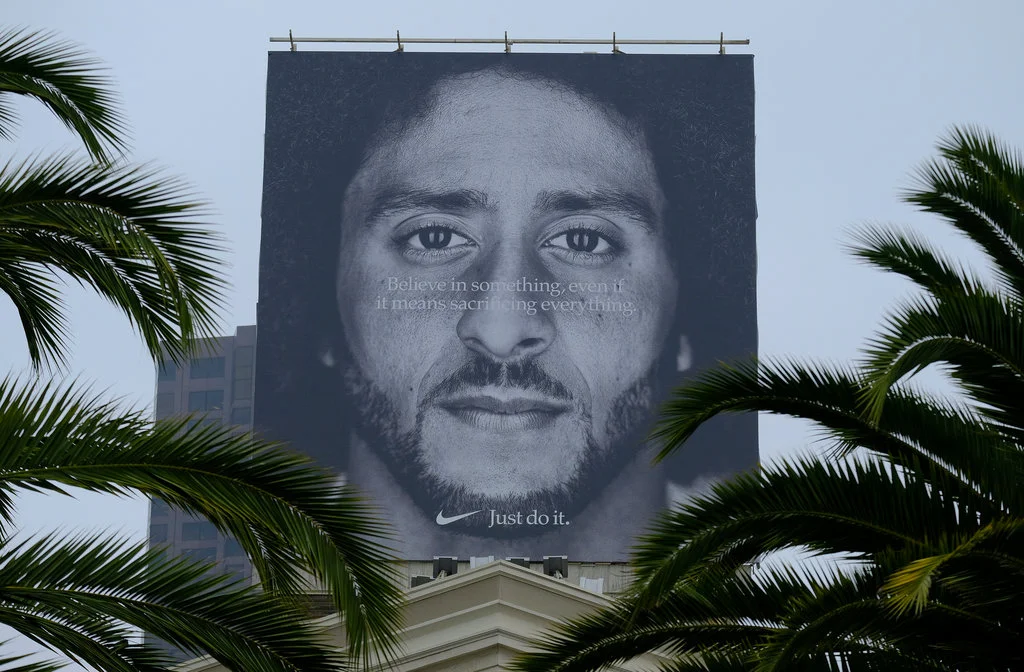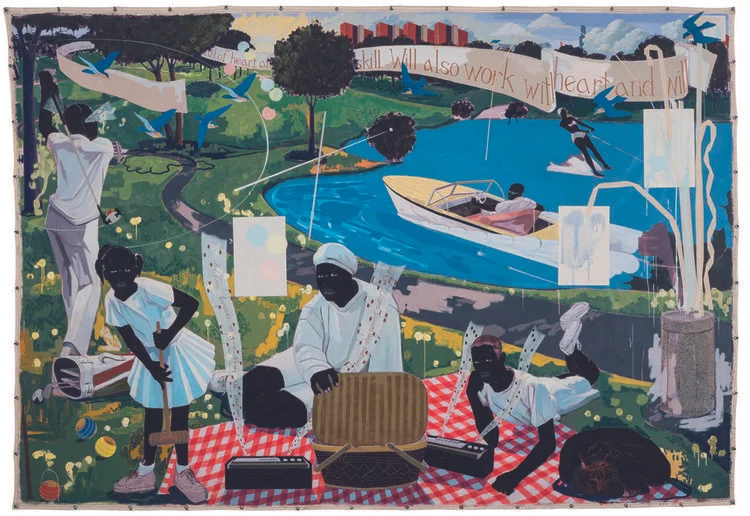Emmett Till Bullet-Proof Memorial with Surveillance Cameras Opens in Mississippi
/The sordid, scarred American story of Emmett Till’s lynching in Tallahatchie County, Mississippi opened a new chapter on Saturday, with the installation of a bullet-proof memorial for the civil rights martyr. Members of Till’s family gathered at Graball Landing, the spot where the pummeled and brutalized, horrifically-disfigured body of the 14-year-old Chicago boy was pulled from the Tallahatchie River after his murder in 1955.
The staggeringly-brutal attack was the result of Till allegedly offending a white woman Carolyn Bryant in her family’s grocery store. Decades later, Bryant disclosed that she had fabricated part of the testimony regarding her interaction with Till, specifically the portion where she accused Till of grabbing her waist and uttering obscenities; "that part's not true.”
Till’s murderers led by Roy Bryant, husband to Carolyn Bryant, and J.W. Milam were absolved of all crimes by what can only be described as a kangaroo court, adding fuel to the historic event largely seen as the catalyst for the Civil Rights Movement.
From left to right, Ole Miss students Ben LeClere, John Howe, and Howell Logan posing with guns by the bullet-ridden plaque marking the place where the body of murdered civil rights icon Emmett Till was pulled from the Tallahatchie River. The photo was posted to LeClere’s Instagram account in March.








